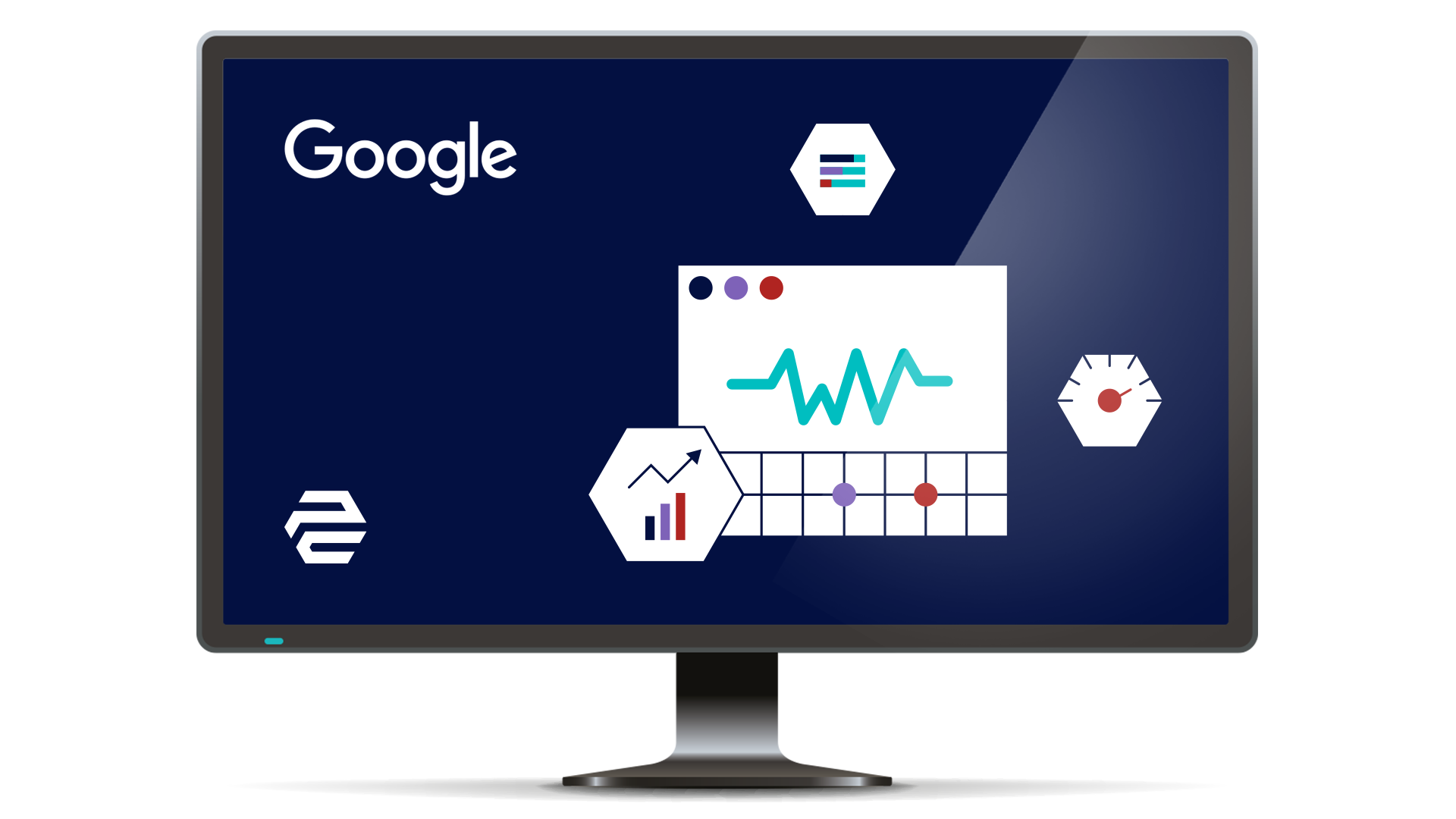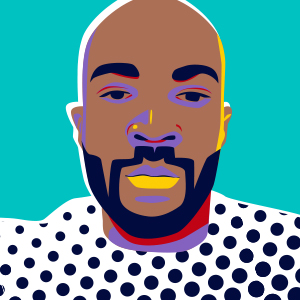What Google’s Core Web Vitals mean for high-impact advertising
Google is changing its rankings to focus on speed and efficiency for page loads, meaning advertisers will need to adjust their ads accordingly. Here’s what Publisher Collective is doing to help

Google is making changes to its SEO rankings again, this time focusing on what it calls Core Web Vitals.
The new approach places speed and efficiency of pages at the top of Google’s priority, particularly when it comes to new measures such as Largest Contentful Paint (LCP), First Input Delay (FID), and Cumulative Layout Shift (CLS). The long and short of it is this: if your page takes longer to load, it’s going to be pushed down the search rankings.
This is a problem for advertisers who have spent the last few years developing high impact, highly creative ads for websites. Header custom units, in particular, have been a huge focus, providing a way for advertisers to ensure their products are seen by a user no matter where they are on the page. Even as a user scrolls down to view content, either on desktop or mobile, the header unit stays in view. Users are aware of the brand as they read, and they can be encouraged to open the unit for more information, which then opens up options for embedded videos and links to the advertiser’s website.
The problem is that these units can be slow to load, and especially in the early days, led to a less-than-intuitive user experience. With Google now focusing on page load speeds, these units need to adapt, taking up less time in the page load while still providing the same level of impact that they did previously.
There’s also the issue of CLS
A website tends to shift and settle as elements load in, and the more this happens as users are trying to navigate it, the more likely it is that they’ll click on the wrong link and end up opening something they don’t want to see. Google will now be tracking how much your page shifts as it loads, and marking you down if it’s deemed too much.
CLS can come into play with the custom header units, since a page may be shoved up and down as the unit loads in. But there’s also an issue with in-line video ads, or images in general, which can load in after a lot of the written content and push paragraphs up and down the page.
And if these ads require too much bandwidth to download or take too long to appear, Google is stepping in with its Heavy Ad Intervention (HAI), essentially shutting down the ad to save load speed for the user. It’s good for people who don’t have the bandwidth capable of downloading everything, but terrible for advertisers, who will no longer be able to get their brands out there.
So what can be done?
For CLS, there are a few relatively simple fixes to avoid the page moving around too much. Ensuring images and ad units are defined as a fixed size and avoiding any animations that change the page layout are a good start – and if you need assistance with that, our team at Publisher Collective can certainly help. We’ve had plenty of experience staying ahead of the trends with our own Network N websites, and we bring all these lessons to our work with our network partners.
We’ve also been developing and refining our custom header units so that they’re less likely to slow down pages and move elements around. We fully believe in these ad units because they provide huge value to advertisers by having the brand in front of users at all times, and they allow for some truly beautiful, exciting creative from our design team. We’re always developing methods of optimising our images and improving the CSS and Javascript running ads on our own sites, and we help our partners do just the same when they sign up with us.
Our optimizations are great for both parties – website owners can be safe in the knowledge that their sites’ SEO ranking is intact and users are having a pleasant experience, while advertisers can rest assured that their ads are being seen, while still being highly creative and impactful.
To find out more about how our work could benefit you – whether you want to advertise on the network or become a part of it – get in touch today.

Darryl's been working in the media sales industry for 15 years, and when not 'playing' Street Fighter, is found testing out his skills in real life combat sports.

